Controlling Noise in Construction Site
Introduction
1 The Occupational Safety and Health (Noise Exposure) Regulations 2019 have replaced the Factory and Machinery (Noise Exposure) Regulations 1989 and started to take effect on 1 June 2019. This guide is to assist clients (project owners) and principal contractors on planning and implementing the requirements of the Noise Exposure Regulations in their construction projects. The Industry Code of Practice for Management of Occupational Noise Exposure and Hearing Conservation 2019 is prepared to provide guidance to persons in complying with the requirements of the Noise Exposure Regulations.
2 91% of reported occupational diseases reported in 2019 were related to exposure to excessive noise at work. The Noise Exposure Regulations define excessive noise as daily noise exposure level exceeding 82 dB(A) or daily personal noise dose exceeding fifty percent or maximum sound pressure level exceeding 115 dB(A) at any time or peak sound pressure level exceeding 140 dB(C).
Planning Phase
3 During the project planning phase, the client should take into account the need to control noise, either at the construction site or in its surroundings. The required noise control method could be detailed in the client specifications (see Figure 1) included with the tender document.
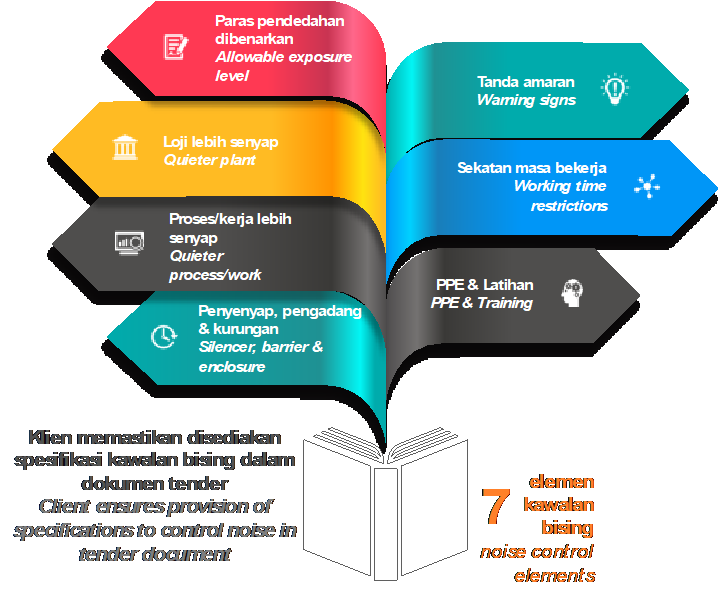
Figure 1. Client specifies the seven noise control elements during the planning phase.
4 These details can ensure that appropriate control measures have been identified and resources for providing these control measures have been allocated. It can also provide an opportunity for the principal contractor to plan the appropriate control methods for noise hazards during the planning phase.
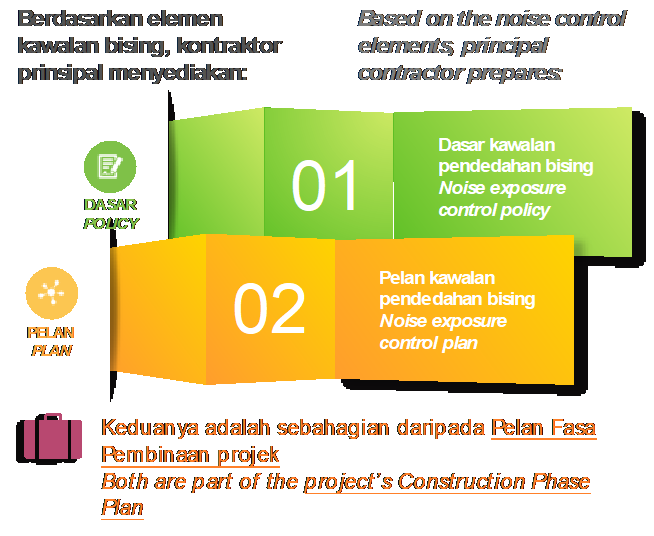
Figure 2. Principal contractor prepares noise exposure policy and plan in his Construction Phase Plan for the project.
5 Noise exposure control plans may contain actions to be taken to meet the requirements of noise exposure control policies and reduce noise exposure. It may also contain information on how principal contractors will meet legal requirements and contract requirements, such as in Figure 3.
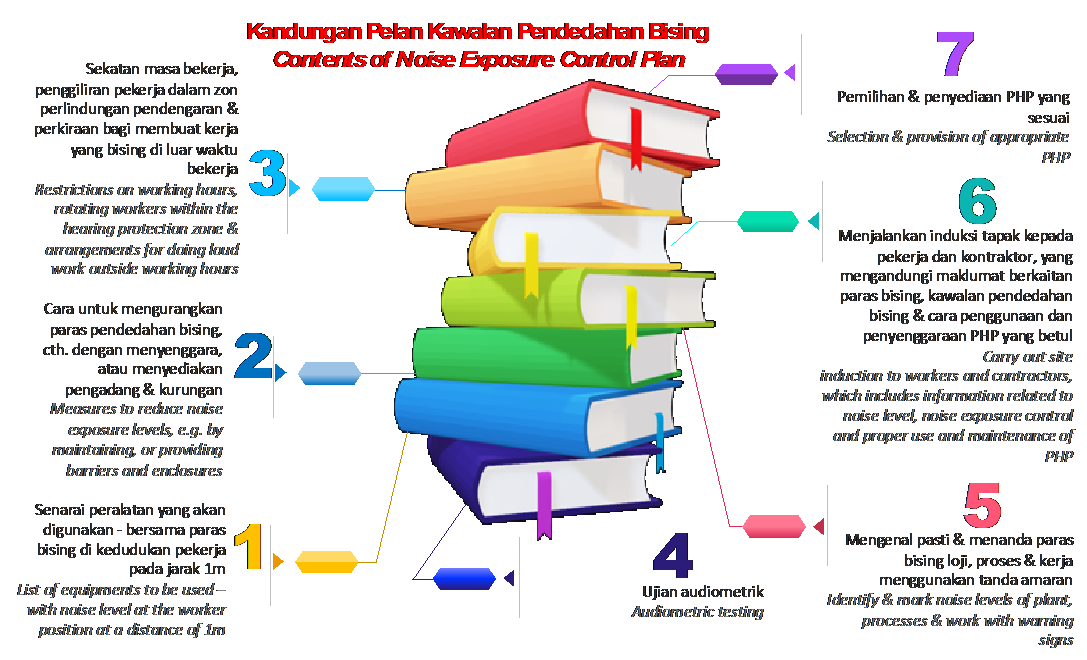
Figure 3. Contents of Noise Exposure Control Plan.
Construction Phase
6 The principal contractor should prepare site planning (Figure 4) and coordinate the work of contractors so that their work does not expose employees to noise hazards. The principal contractor is encouraged to appoint an employee as a supervisor for all work that has excessive noise.
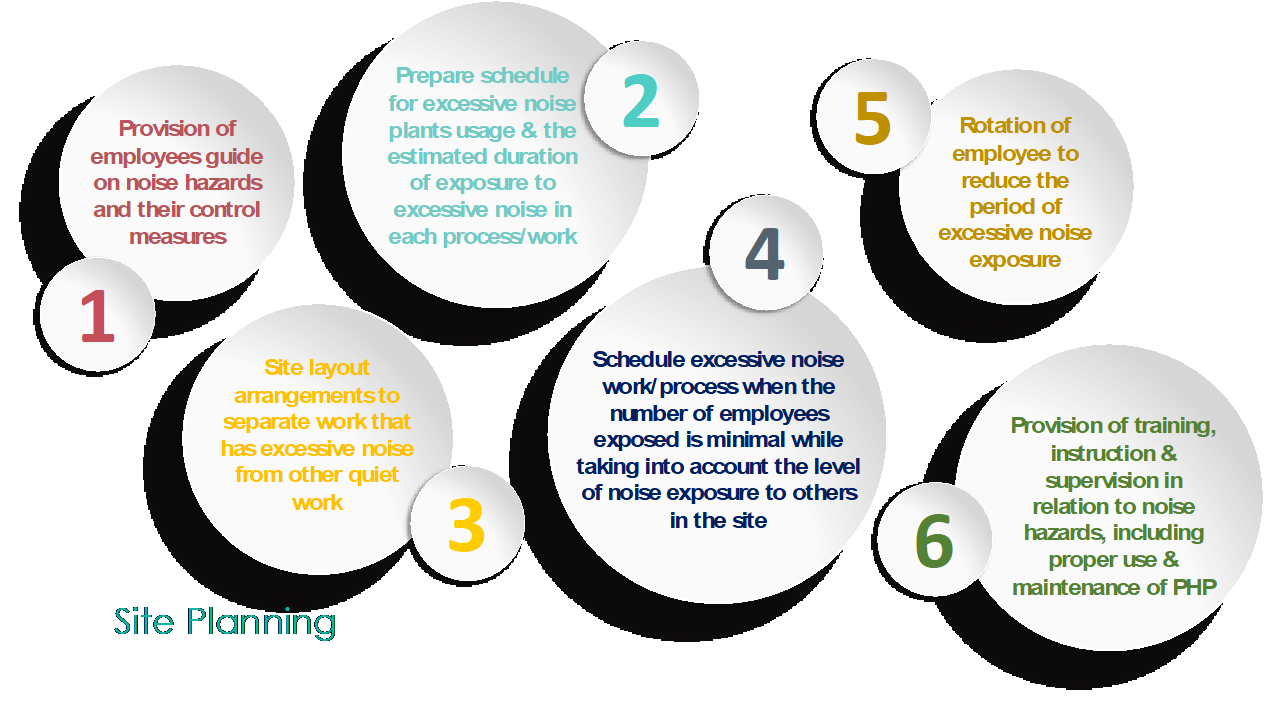
Figure 4. Contents of site planning for supervisor.
7 During construction work, the implementation of the noise exposure control plan should be monitored. This monitoring can be done jointly by clients and principal contractors on aspects depicted in Figure 5.
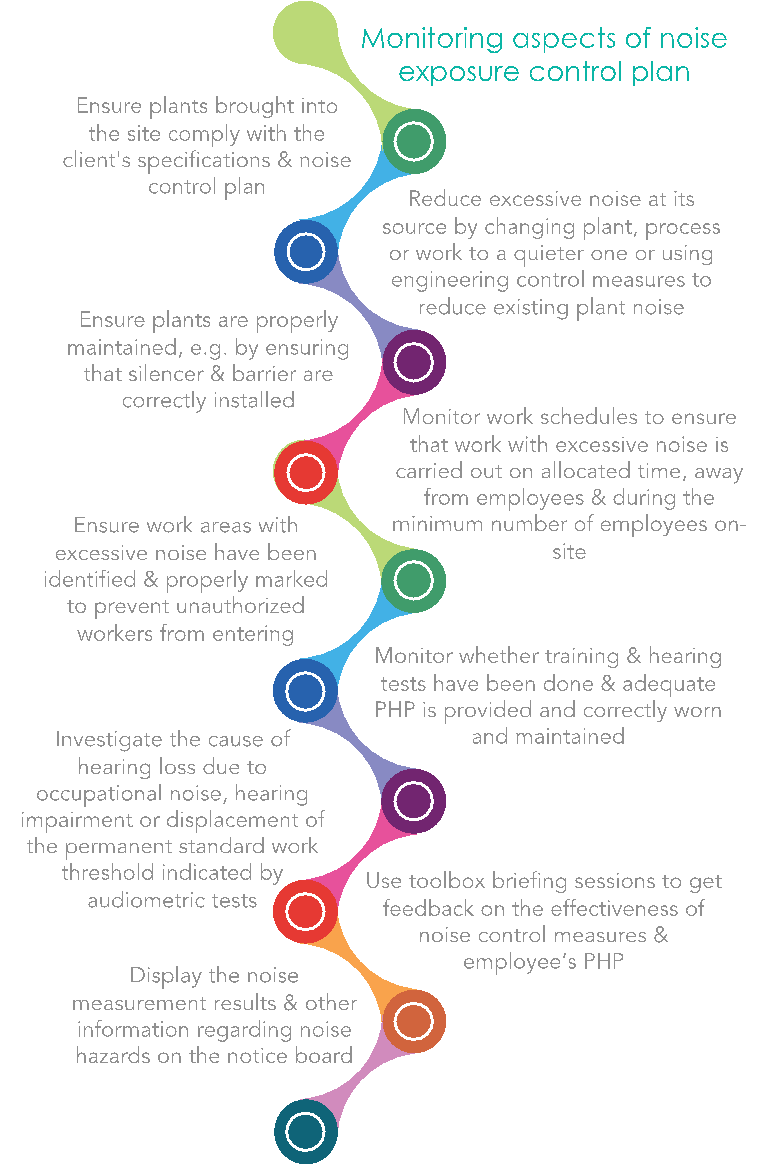
Figure 5. Monitoring aspects of noise exposure control plan in construction site.















